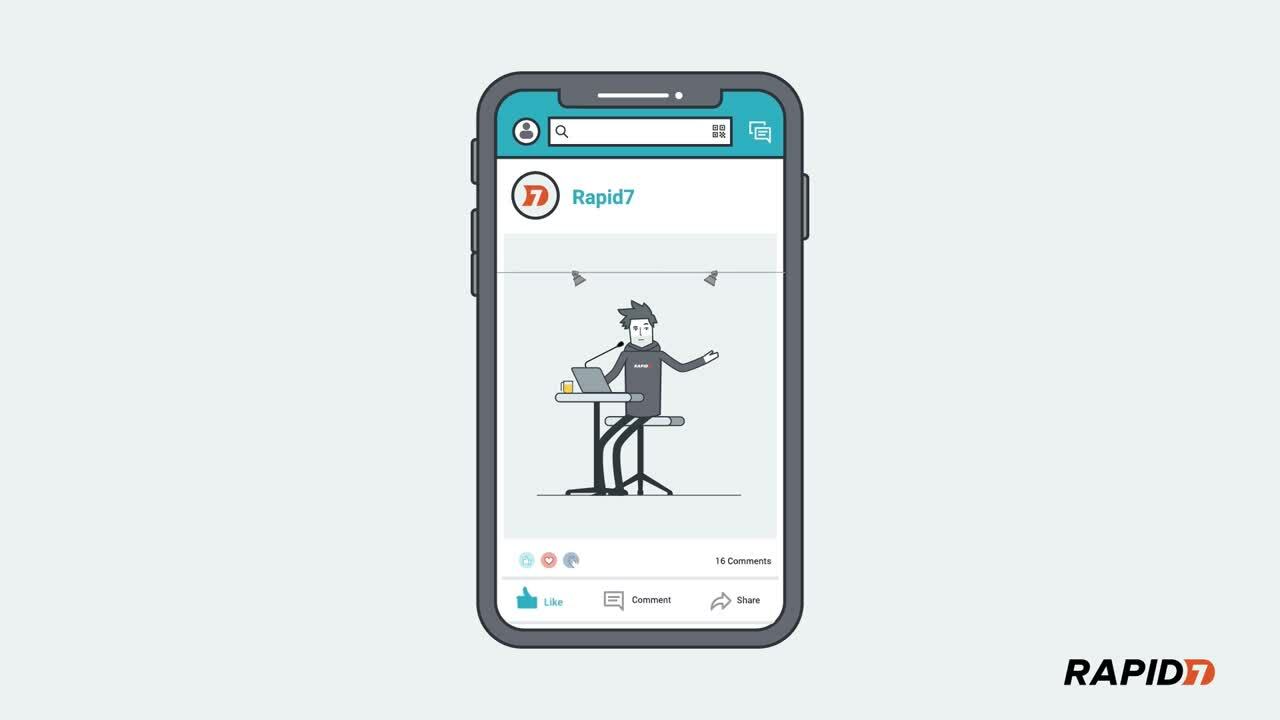Last updated at Wed, 13 Dec 2023 23:46:46 GMT

Just as we do with the vast majority of our engagements, I started by digging around the internet looking for information about my target’s employees. One thing I had a hard time figuring out was what their username format was. I scraped the metadata from documents they hosted, used resources like hunter.io, and also used the Harvester to dig up what I could. But, I was still not positive on the format. Most companies use common formats like FLast, or First.Last. To validate the username formats, I was using a tool called lyncsmash, which leverages a timing vulnerability in the Lync service used by on-premises Skype servers. Testing FLast, and First.Last turned up nothing for me, but on my third try, I thought to use LastF, and that turned out to be the ticket. I start seeing a fair amount of valid usernames scroll by.
I parsed my list of usernames for valid accounts and found that out of 482, I ended up with 230 valid accounts. This was still a good number, so I kept rolling with a password spray using lyncsmash. After about my fourth try, I hit some gold: Eleven accounts came back, all using the same weak and guessable password.
You can’t hate on having 11 accounts to validate external access with, am I right?!
While doing my OSINT, I found several external services that my target used for things like email, VPN, and some other remote access stuff. But then came the low: They were using multi-factor authentication (MFA) on every external portal. Ugh. So, I started thinking about it and realized that their VPN has several different authentication profiles. So, I tested all of them, just to be sure I didn’t leave a stone unturned. Unfortunately, no luck.
I went back to doing more OSINT, hoping to find something I could log in to with these accounts. And out of the darkness, I found it: a second VPN endpoint. And, this one had an extra authentication profile the other didn’t, which was used for smartphones to gain access to the network. And, it just so happened that the profile didn’t require MFA!
Score!
I broke out the trusty SSL VPN Linux tool openconnect and hopped right into their internal network.
Interested in learning more about how Rapid7 pen testers conduct their assessments? Check back every week for a new story in the series.
- This One Time on a Pen Test: Playing Social Security Slots
- This One Time on a Pen Test: I’m Calling My Lawyer
- This One Time on a Pen Test: Ain't No Fence High Enough
- This One Time on a Pen Test: I Know...Everything
- This One Time on a Pen Test: Doing Well With XML
